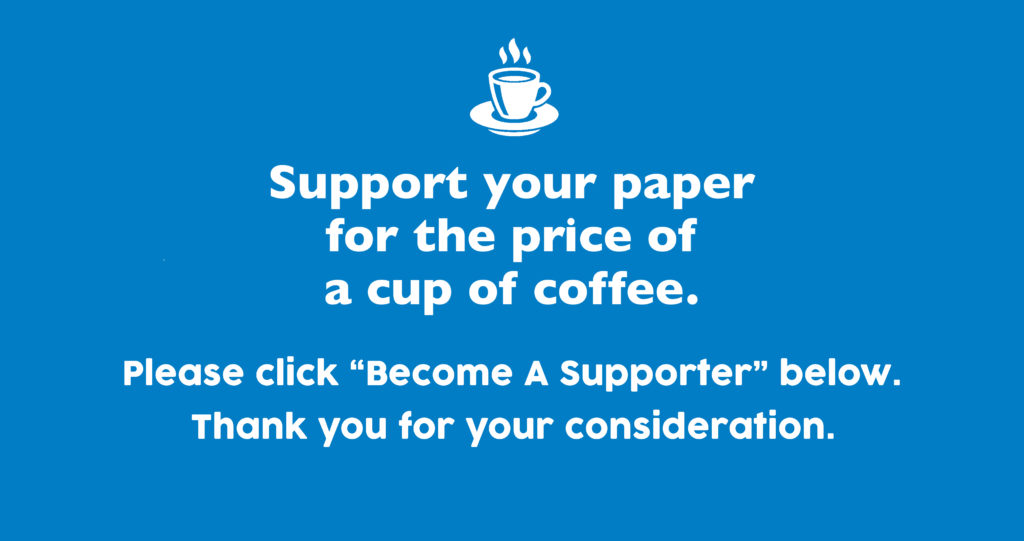What's New
21 October, 2021
Major local projects part of big-build trend

Housing development is still accelerating in Auckland, with record numbers of planning consents being lodged during lockdown – and the Devonport peninsula among areas generating more large-scale suburban proposals, particularly around Belmont and Hauraki.
“We’re at record consent numbers. We’ve never seen anything like this in the history of the city,” North Shore councillor and Planning Committee chairman Chris Darby told the Flagstaff.
The peninsula has generally not figured highly in consent numbers, whereas the northern suburbs of the Devonport-Takapuna Local Board area, from Takapuna up to Sunnynook, have been intensifying faster.
But Darby said activity on the peninsula had picked up in recent months, especially around Belmont.
Consent applications in the whole board area for the six months to the end of August are up 25 per cent compared with the same period the year before.
Over 12 months, the increase was 18 per cent. (City-wide lodgements over six and 12 months were up slightly less, at 22 per cent and 14 per cent respectively, but from a higher base.)
The Auckland Monthly Housing Update shows that attached multi-unit dwellings make up the vast bulk of planning consent applications across the city.
A council spokesman added that for developments with five or more dwellings there had been a 53 per cent increase to 7705 dwellings over successive 12-month periods.
In total, 22,700 consents were lodged in Auckland and 21,800 issued. They had a total value of $11.6 billion, up 25 per cent.
In the year to June. Auckland Council processed 43 per cent of the country’s approved new dwelling consents to the year to the end of June.
Demand from developers for larger sec- tions is adding fuel to the real-estate pricing fire.
Darby said the private sector was responding to the need for more housing. Of applications that won consent from city planners, 90 per cent were signed off as completed homes within two years, he said.
The council’s monthly update does not break down figures by individual suburbs, but board area applications for consents in the weeks since lockdown began on 17 August are tracking at similar weekly rates as pre-lockdown.
Typically, a dozen or so applications are lodged each week, with most to build additional homes on what have often been single-home properties.
In late September this included a 32-dwelling development in Milford, on three combined back sites, two off East Coast Rd and one off Stanley Ave. It comprises 30 terrace-style attached homes and two standalone properties.
One example of large-scale development was proposed for a site opposite Takapuna Grammar School last year. Neighbours were concerned about a shared driveway, safety and space issues.
Council planners sent the proposal back to the applicants for more work to meet Unitary Plan requirements. One of the sections involved has since been offered for sale.
The Milford application is yet to be scrutinised but is on a bigger land area.
What’s going up – or on the drawing board
- The Bayswater marina apartment development is the largest application in the pipeline on the peninsula (see story, page 16).
- Construction is well advanced at the Kainga Ora site on the corner of Lake Rd and Bardia St corner, where 48 dwellings will replace the previous 12 state houses.
- On Williamson Ave, several multi-storey private developments are being completed.
- Building on Ngati Whatua’s Oneoneroa subdivision off Eversleigh St also resumed under Level 3 regulations. The iwi also owns land in Roberts Rd, where some houses have been cleared.
- In Hauraki, on upper Hart Rd, two private residential sites were recently cleared and building on other sites in Northboro Rd is under way. Foundations have been laid for a seven-dwelling terrace at 258 Lake Rd.
Auckland Council’s city update says in the year to August, it issued 19,928 consents to build and 14,178 completed homes had a code compliance certificate issued. In the Devonport-Takapuna Local Board area, 412 consents were issued over the last six months, with 697 consents in 12 months, up 5 per cent on the previous year. Of the wider city’s August consents, 65 per cent were for townhouses, flats, units, retirement village or other attached dwellings; 29 per cent were for houses and 6 per cent for apartments. New residential parcels of land, under 5000m2 were, created under 907 consents in August. The total for the year was 8709. Public housing stock was also boosted, making up 175 of the total dwellings consented in August.
A quarter of the city’s new housing development consented in August fell within the 1500m walking catchments of the rapid transport network, the housing update shows. This zone applies to Takapuna, where a number of apartment and terrace housing developments have been consented over the last few years. New sites on Auburn St have recently been cleared.
The walking catchment definition allows greater intensification and will come further into play as the council responds to the government’s National Policy Statement on Urban Development to encourage building.
Darby said attempting to hold the line on design provisions while it works through responding to the government directive would be a challenge. “The government is interested in quantities, Aucklanders too, but they [residents] will not like it if they just get quantity outcomes and not quality outcomes that will last forever.”

Please consider supporting The Devonport Flagstaff by clicking here:
